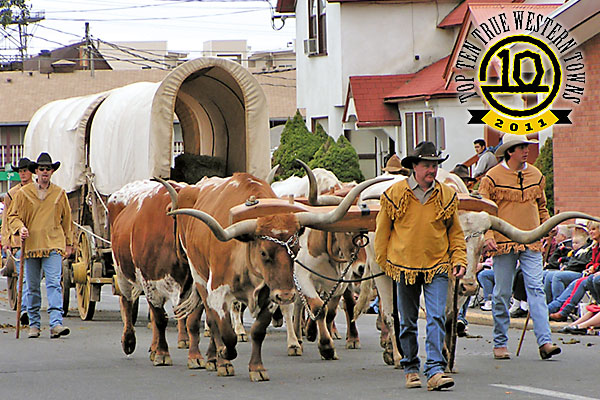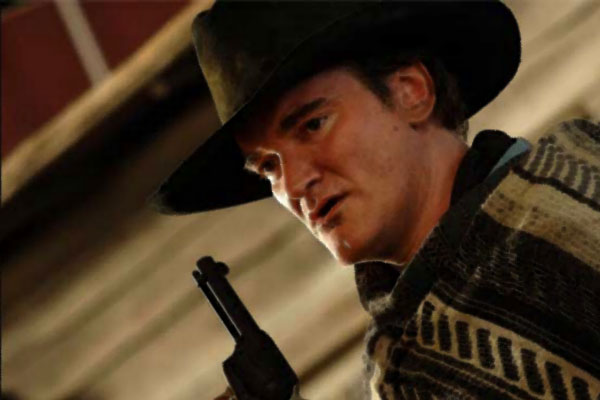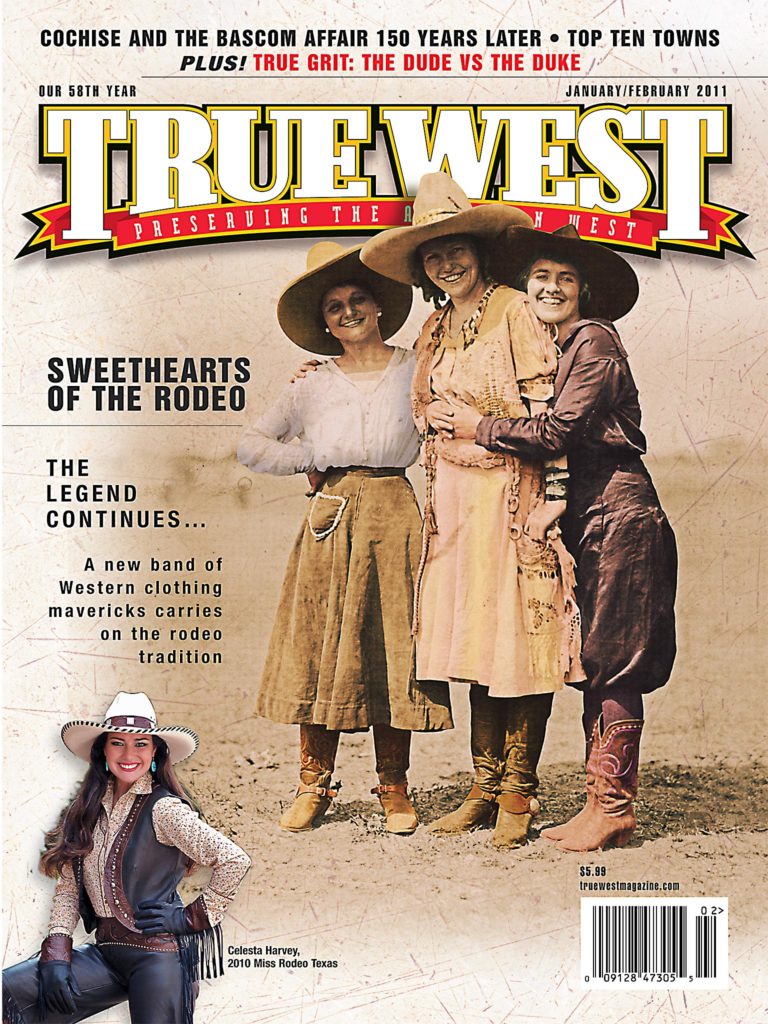6. THE DALLES, OR
Back in 1864, Congress appropriated money to build a U.S. Mint in The Dalles. The operation was supposed to use gold mined nearby, but the supply started running out. It was hit by cost overruns and was two years behind schedule (yep, that’s a government program for you). So the feds gave up, handing the building over to the state of Oregon. Today, the Mint is the Erin Glenn Winery and Tasting Room.
That story says a lot about The Dalles. People here like to show off their heritage, and they find modern uses for it.
The area history is remarkable. Explorers Lewis & Clark came through The Dalles and camped at Rock Fort in 1805; archaeological digs continue to uncover evidence of their expedition at the site.
You can visit Pulpit Rock, where, starting in 1838, Methodist minister Jason Lee preached to local Indians; churches still hold Easter services there.
By 1849, the town was the end of the Oregon Trail; as such, pioneer explorer Ezra Meeker and area residents erected a monument at the site in 1906.
In 1850, the U.S. Army established Fort Dalles to protect travelers and locals from possible Indian attacks. A home built that year by a non-commissioned officer is now the Rorick House, a museum operated by the Wasco County Historical Society (which runs another museum at the 1859 Wasco County Courthouse). An 1856 surgeon’s quarters is now home to the Fort Dalles Museum.
The Dalles also maintains a sense of continuity here. Klindt’s has been a bookstore since it started in 1870; it’s the oldest book shop in Oregon. The Baldwin Saloon is a restaurant and bar, just as it was when it opened in 1876.
Just as important, The Dalles (population 12,500) continues efforts at preservation. In July 2010, the 1911 Sunshine Flour Mill was restored into a winery and tasting room, a mini-amphitheater and an artisan plaza. The cost: $4.7 million. The next phase of the project calls for grain silos to be remade into hotel rooms and additional wine making and tasting spaces.
Last Memorial Day, the 1860 Pioneer Cemetery was rededicated, featuring a stone listing the names of all 234 persons buried there. Townsfolk spent several years digging up that information.
Also last summer, The Dalles became a part of the Main Street Oregon program, which will help fund future economic development planning and revitalization of distressed properties in the town.
The Dalles obviously takes pride in its historic sites and structures—it has two downtown districts and 21 additional places on the National Register. The town likes to show off these sites. Visitors can take a walking tour of the historic downtown, or the more tech-savvy of them can take The Dalles-Dash 12, a geocaching tour of 12 sites around the area.
Tourists traveling by sternwheeler to the town will soon have full access to the downtown area. The Dalles finally received grant funding to pay the $2 million bill for a Columbia Riverside dock at the foot of Union Street. Inviting sternwheeler traffic into town could increase attendance at events like the Fort Dalles Days Pro Rodeo, a three-day event that is a highlight of the area’s July.
The Dalles, unlike the feds of the 1860s, has found a successful way to mint money—through heritage tourism.





